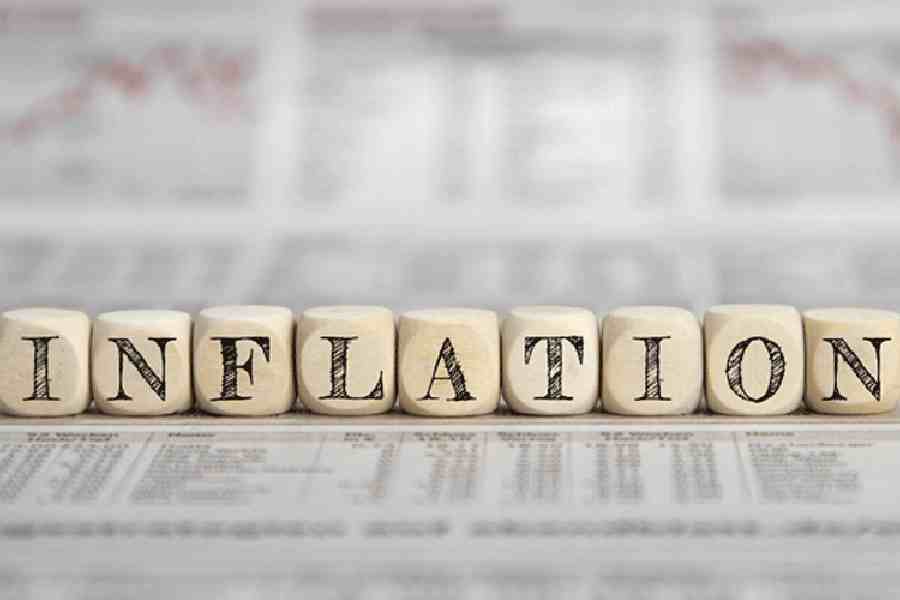Retail inflation rose to a three-month high of 4.81 per cent in June, mainly on account of hardening prices of cereals and pulses, though it remained within the comfort zone of the Reserve Bank.
The Consumer Price Index (CPI) based inflation moved northwards after declining for four months since February. The RBI, which will be announcing its next set of bi-monthly monetary policy early next month, mainly factors in the retail inflation while deciding the benchmark interest rate (repo).
Retail or CPI inflation stood at 4.31 per per cent (revised upward from 4.25 per cent) in May and 7 per cent in June 2022. The previous high CPI was in March at 5.66 per cent.
According to the data released by the National Statistical Office (NSO), the inflation in the food basket was at 4.49 per cent in June, higher than 2.96 per cent in May. The food basket accounts for nearly half of the CPI.
The data revealed that annual rate of price rise was 19.19 per cent in case of spices, 12.71 per cent in 'cereals and products', 10.53 per cent in 'pulses and products', and 7 per cent in eggs. Fruits too were marginally costlier in June year-on-year.
However, there was a decline in inflation in 'oil and fats' (- 18.12 per cent) and vegetables (-0.93 per cent).
Commenting on the data, Aditi Nayar, Chief Economist, Head - Research and Outreach, ICRA, said the spike in vegetable prices is set to push the CPI inflation to an uncomfortable 5.3-5.5 per cent in July 2023.
"We expect the vegetable price shock to result in the Q2 FY2024 CPI inflation exceeding the (RBI's) Monetary Policy Committee's last forecast of 5.2 per cent.
"Accordingly, we anticipate that the Committee will retain its hawkish tone in August 2023, keep the repo rate unchanged and signal that a pivot to rate cuts remains distant," she said.
Narinder Wadhwa, National President, Commodity Participants Association of India (CPAI), opined that rise in inflation suggests a potential change in the factors influencing consumer prices.
"It may be influenced by various factors such as changes in demand-supply dynamics, fluctuations in global commodity prices, government policies, or other economic factors. The rise in inflation is higher than street's expectations," he said.
The government has tasked the central bank to ensure retail inflation remains at 4 per cent with a margin of 2 per cent on either side.
Last month, the Reserve Bank kept policy rates unchanged at 6.5 per cent and projected retail inflation for the current fiscal to average at 5.1 per cent, with June quarter inflation pegged at 4.6 per cent.
The NSO data further showed that inflation was at 4.72 per cent in rural areas and 4.96 per cent in urban India. However, the food inflation was marginally higher than the national average in the rural areas.
The price data are collected from selected 1,114 urban markets and 1,181 villages covering all states and UTs through personal visits by field staff of field operations division of NSO, in the Ministry of Statistics and Programme Implementation (MoSPI) on a weekly roster.
Except for the headline, this story has not been edited by The Telegraph Online staff and has been published from a syndicated feed.










